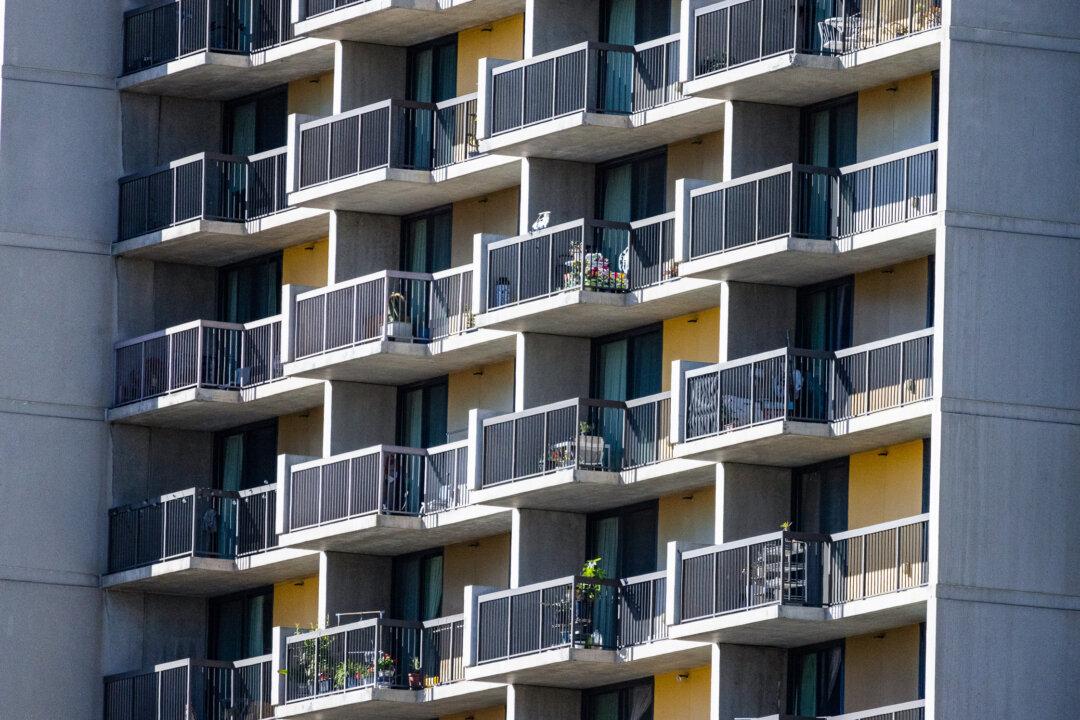The United States continues to face a significant shortage of homes for buyers, with the housing supply gap at almost 4 million units in 2024, according to a recent research report by real estate listing website Realtor.
This is the third-largest annual supply gap since 2012.
“At a 2024 rate of construction relative to household formations and pent-up demand, it would take 7.5 years to close the housing gap,” the report reads.
Realtors blamed real estate zoning rules and other housing restrictions for limiting the extent to which new construction could have alleviated the supply crisis in the housing market.
Purchasing a home is now a tough prospect for many potential homebuyers, especially younger households of members who make “a typical early- to mid-career salary,” the report states. This has resulted in a drop in the rate of 18- to 44-year-olds forming households over the past decade.
More than 1.6 million homes were completed in 2024, the highest level in nearly two decades. However, the total inventory of homes for sale continued to remain below the pre-COVID-19 pandemic level. Meanwhile, affordability concerns kept many buyers away from the market.
“Building new homes is a win for the housing market and especially essential for young households that have struggled to form in an era of high housing costs,” the report reads. “More home supply means lower prices, which can bring higher home sales.
“However, builders face barriers such as zoning and permitting regulations, as well as rising material costs, which make building affordable homes relatively challenging. Building more affordable housing, especially in areas with high demand and strong jobs growth, will be important to making homeownership accessible to Americans.”
“We’ve got a lot of people over the last four years who have come into the country illegally—and that’s something we have to work on if we want to meaningfully reduce the cost of housing,” he said in a March 10 speech.
Construction Industry Challenges
Earlier this month, the National Association of Home Builders (NAHB) told Congress that supply-side headwinds were hurting the housing market.“The United States is facing a fever-pitched housing affordability crisis,“ NAHB Chairman Buddy Hughes testified. “Nearly 77 percent of U.S. households cannot afford a median-priced new home.”
The availability of credit for construction loans is tightening, posing a challenge to homebuilders. In addition, the construction sector is facing a labor shortage, with more than 200,000 positions remaining unfilled, he said.
Construction costs are up 34 percent since December 2020, contributing to elevated rents and higher home prices. Tighter land use and zoning regulations for housing and land development have resulted in a decrease in lot supply.
Hughes said regulatory costs are now so high that they make up about a quarter of the purchase price of new single-family homes.
He called on Congress to preserve and strengthen programs such as the Low-Income Housing Tax Credit, support construction workforce development programs, boost lumber supplies, and control excessive regulatory costs.
The Trump administration has taken steps to ease dense regulation in the housing sector.
Originally introduced by the Obama administration, it was terminated by the first Trump administration and revived by the Biden administration.
HUD said AFFH burdened local officials with too many requirements, such as having to answer 92 questions on topics such as disparities in housing opportunities and report on issues such as environmental health hazards that had little to do with affordable housing. It required HUD fund recipients to ensure that their policies did not result in racial segregation.
HUD blamed the regulation for triggering a “decrease in the supply of affordable housing” and leading to higher costs.
With the AFFH rule terminated, localities will “no longer be required to complete onerous paperwork and drain their budgets to comply with the extreme and restrictive demands made up by the federal government,” HUD Secretary Scott Turner said.
“Local and state governments understand the needs of their communities much better than bureaucrats in Washington, D.C. Terminating this rule restores trust in local communities and property owners while protecting America’s suburbs and neighborhood integrity.”







